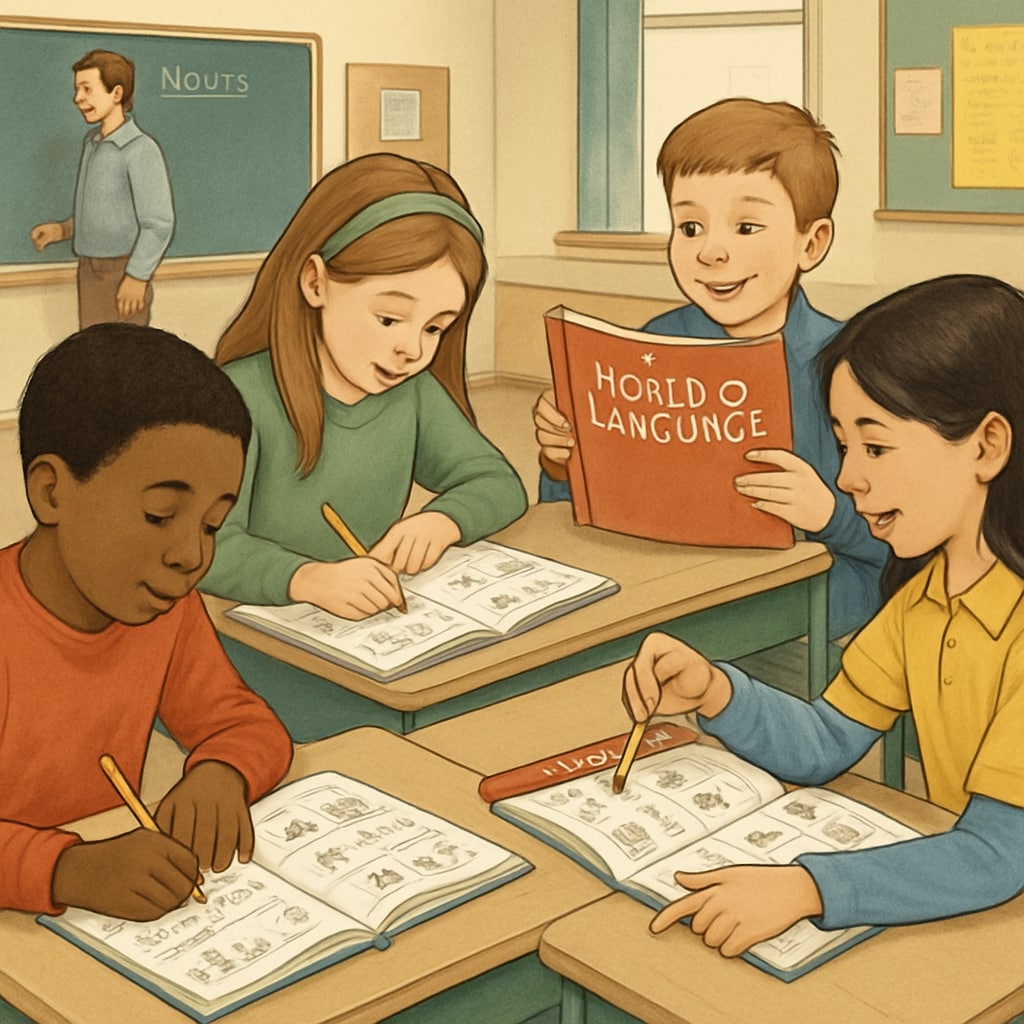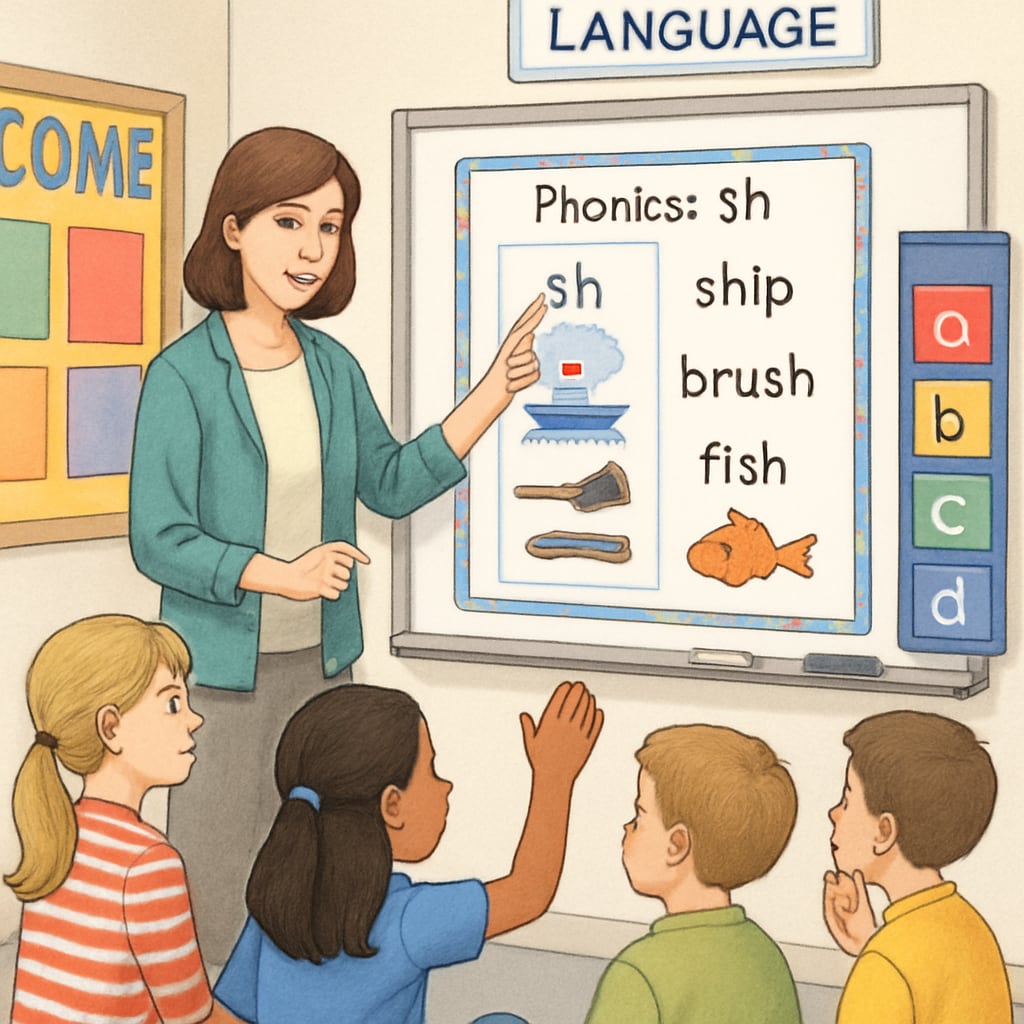In the quest for effective language education, finding the right resources is critical. High-quality materials like the “World of Language” series offer unparalleled support for elementary language teaching, ensuring students develop essential reading and speaking skills. This article examines the unique features of ideal language teaching materials and highlights their role in fostering children’s linguistic growth.
Why Quality Language Teaching Materials Matter
The foundation for strong communication skills starts with the right teaching tools. Effective language teaching materials can dramatically influence how young learners perceive and practice reading, writing, and speaking. Resources like “World of Language” exemplify this importance, as they combine engaging content with scientifically-backed methods to captivate children’s attention while promoting their development.
High-quality language resources often share key features, including:
- Age-appropriate content tailored to cognitive and linguistic abilities.
- A balance between theoretical concepts and practical exercises.
- Interactive elements that support active engagement and learning.
For example, language acquisition theories emphasize the importance of exposure to structured yet dynamic materials during early education. These tools are essential for building vocabulary, enhancing comprehension, and nurturing confidence in communication.

What Makes “World of Language” Stand Out?
The “World of Language” series has gained popularity among educators due to its thoughtful design and adaptability to diverse learning styles. It integrates essential skills like phonics, grammar, and storytelling, creating a holistic approach to language education. Furthermore, its focus on scientific reading techniques ensures children not only learn to decode words but also comprehend and express ideas effectively.
Key elements of the “World of Language” series include:
- Structured activities that progressively build language skills.
- Illustrative content that aids understanding and engagement.
- Exercises designed to foster oral language development alongside reading.
Moreover, resources like those in “World of Language” encourage active participation, as children are prompted to practice speaking and listening in diverse contexts. According to Britannica’s insights on language learning, such methods are instrumental in helping young learners transition from passive receivers to confident communicators.

How to Select the Right Language Teaching Materials
Choosing the right language teaching materials can be challenging, given the multitude of options available. Educators and parents should look for resources that align with the child’s developmental stage and learning preferences. Consider the following factors:
- Content Relevance: Ensure the material is age-appropriate and culturally inclusive.
- Skill Diversity: Opt for resources that cover reading, writing, listening, and speaking comprehensively.
- Engagement Level: Choose materials that incorporate visuals, interactive tasks, and storytelling.
- Scientific Foundation: Verify that the teaching methods are supported by research in language acquisition.
Resources like “World of Language” often meet these criteria, making them a reliable choice for fostering comprehensive language skills in elementary students. As a result, children are better equipped to navigate future academic and social challenges.
Conclusion: Investing in high-quality language teaching materials is essential for nurturing young learners’ linguistic abilities. The “World of Language” series and similar resources serve as invaluable tools in shaping children’s reading and speaking prowess. By carefully selecting appropriate materials, educators and parents can ensure a solid foundation for lifelong communication skills.
Readability guidance: This article uses concise paragraphs and lists to summarize key points. Active voice is prioritized, with transitional phrases included to enhance flow and coherence.


